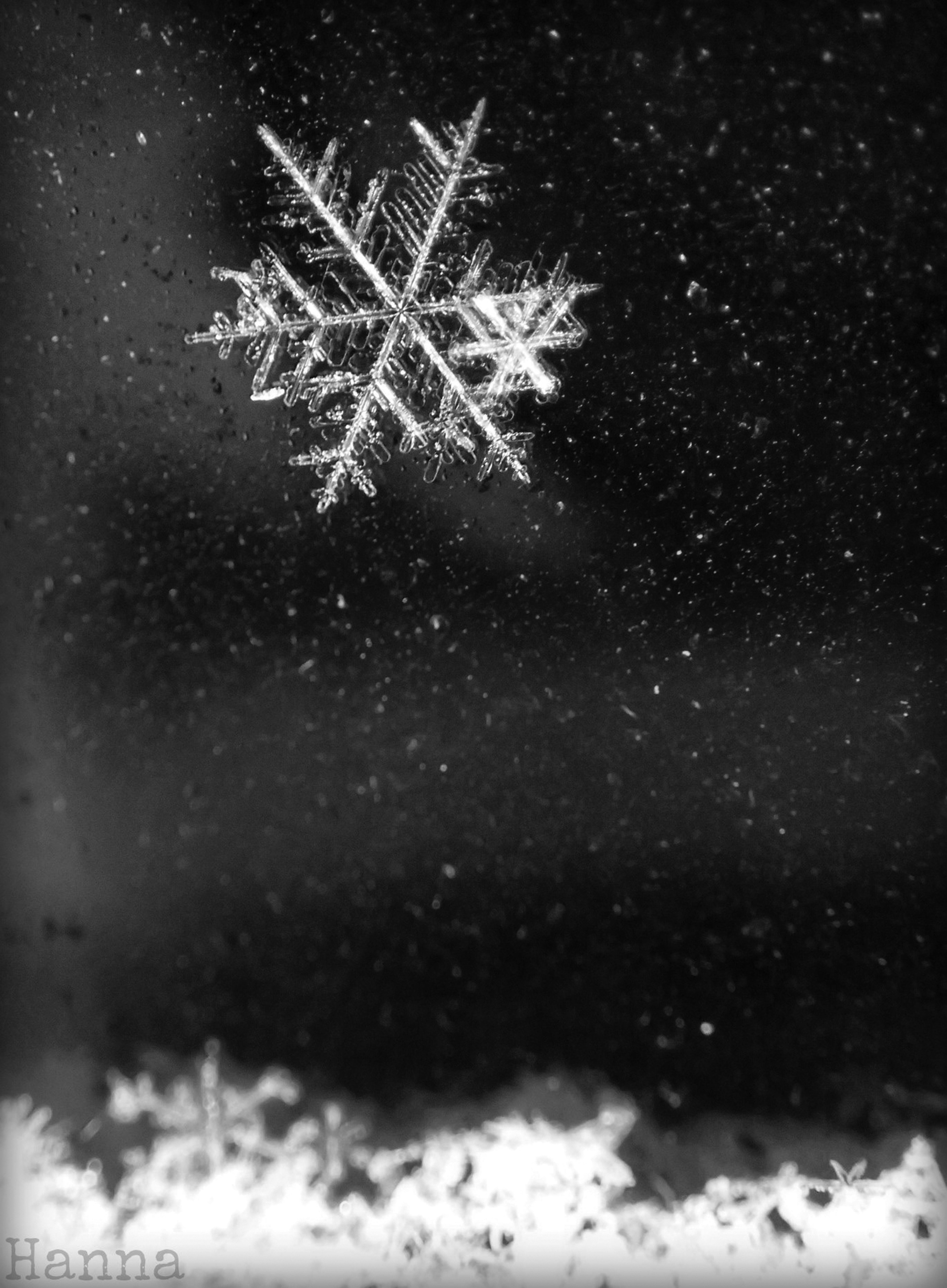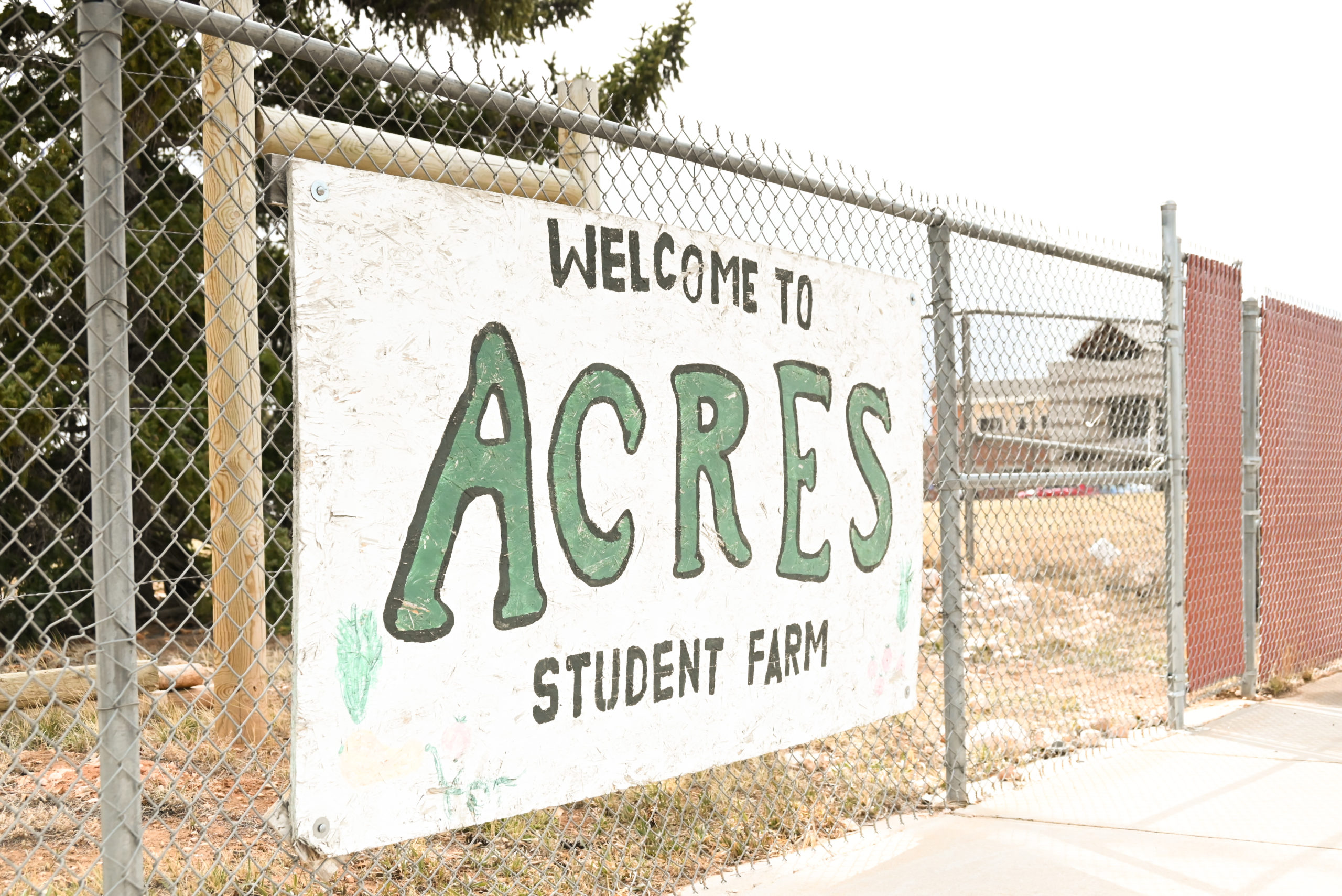University of Wyoming Researchers carried out research on how Lake Ontario generates storms at the southern and eastern shores on December 2013 to January 2014, to explore the specific downwind of the lake and help forecasters to determine the effect of lake-generated snows.
Lake Ontario, one of the greatest lakes in the eastern part of United States, doesn’t usually freeze up during the winter, but still affects snow storms in a variety of ways. The temperature of the lake is quite a bit warmer than the air temperature, but when the cold air moves over the lake, the cold air warms up and raises through the atmosphere helping clouds to create a snow fall.
“We have known for a long time that lakes affect snows, but never did understood well,” Brat Geerts, UW Professor of Department of Atmospheric Science, said.
Greets, proposed this study to National Science Foundation (NSF), who funded the researchers with UW’s Research Aircraft King Air, radar and other instruments to characterize the snow fall and wind circulation.
“Some undergraduate students got some support for the analysis of the data through Research Experience for Undergraduate (REU),” Geerts said.
The project was a collaboration between UW and several other universities in the eastern U.S and especially in upstate New York, such as State University of New York, Hobert and William College, University of Illinois, University of Albany and more.
“They were all participating, and a broad number of students were there in the field,” Geerts said. “Undergraduate students were really fascinated by lake affect snow.”
The longest snow storm reported was three days long at the beginning of January 2014.
“Sometimes this storm is persistent, sometimes they last for hours, for days,” Geerts said.
Along with Geerts, the research team included Ahmed Bandani, a former King Air Pilot; Philip Bergmaier, Ph. D Student at UW; Larry Ooalman, King Air Project scientist.
The researchers spent six weeks’ time in 2013-2014 collecting all the data.
“I am mainly focused on the data that we collected with our air plane and the radars that we had on the plane,” Bergmaier said. “Trying to get an idea for how they form and how they evolve over time.”
Emily Bruke, an undergraduate student at UW says, “Well, this research helps the weather forecasters a lot. I am interested in this atmospheric science and I can get how important the research was.”
Even though the research was conducted in 2014, it was published in July 2017 in the Monthly Weather Review, American Meteorological Society Journal.
“Because the research paper came out in the summer, we decided to wait for the winter for the press release since the first storm is expected in next few days in that area,” Geerts said.
Bergmaier is also a lead author of the published research article titled, “Lake-Effect Snowstorm: Dynamics of the Secondary Circulation.” He is still studying the same data and trying to figure out how snow storms will form and evolve over time.



